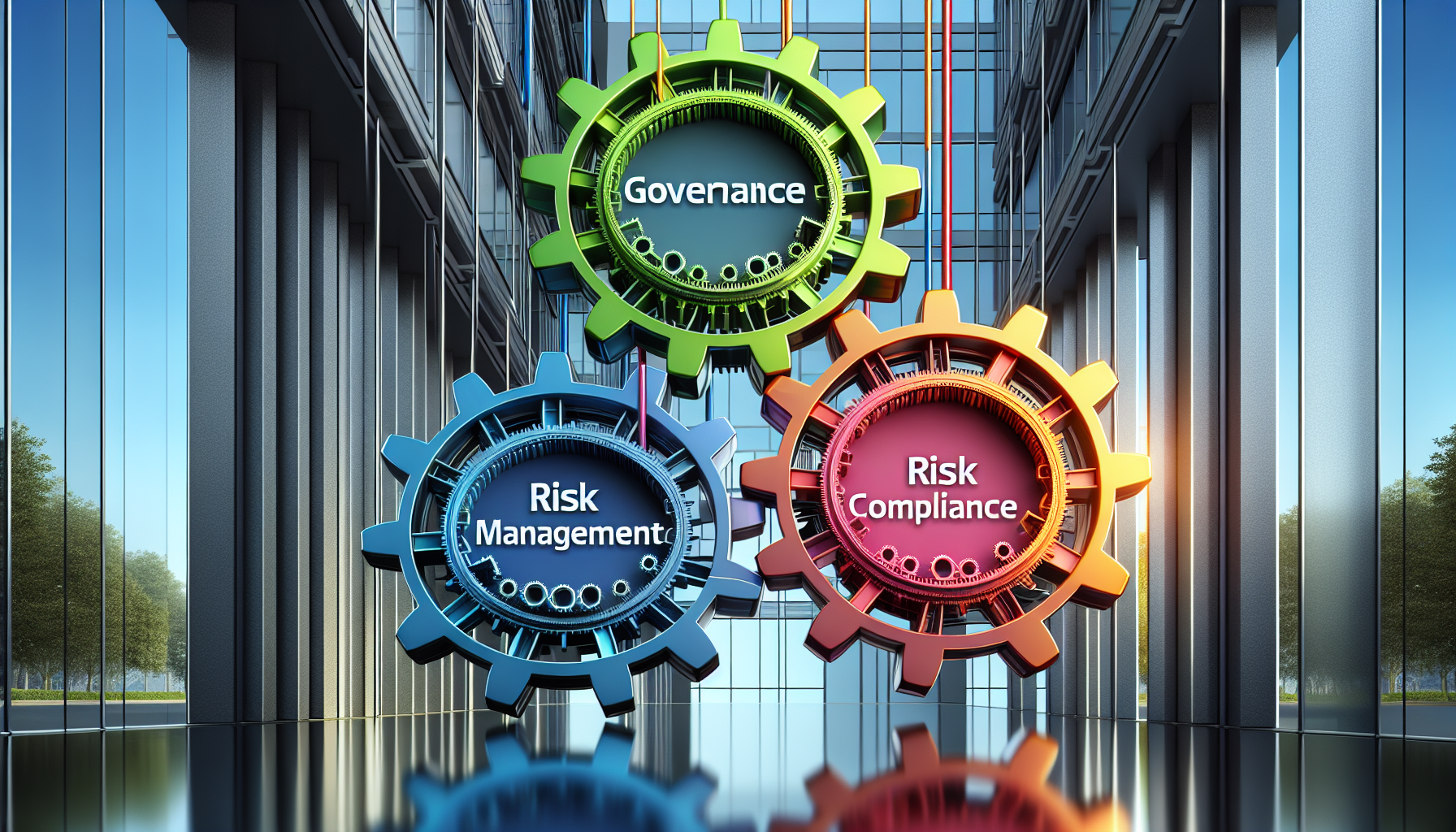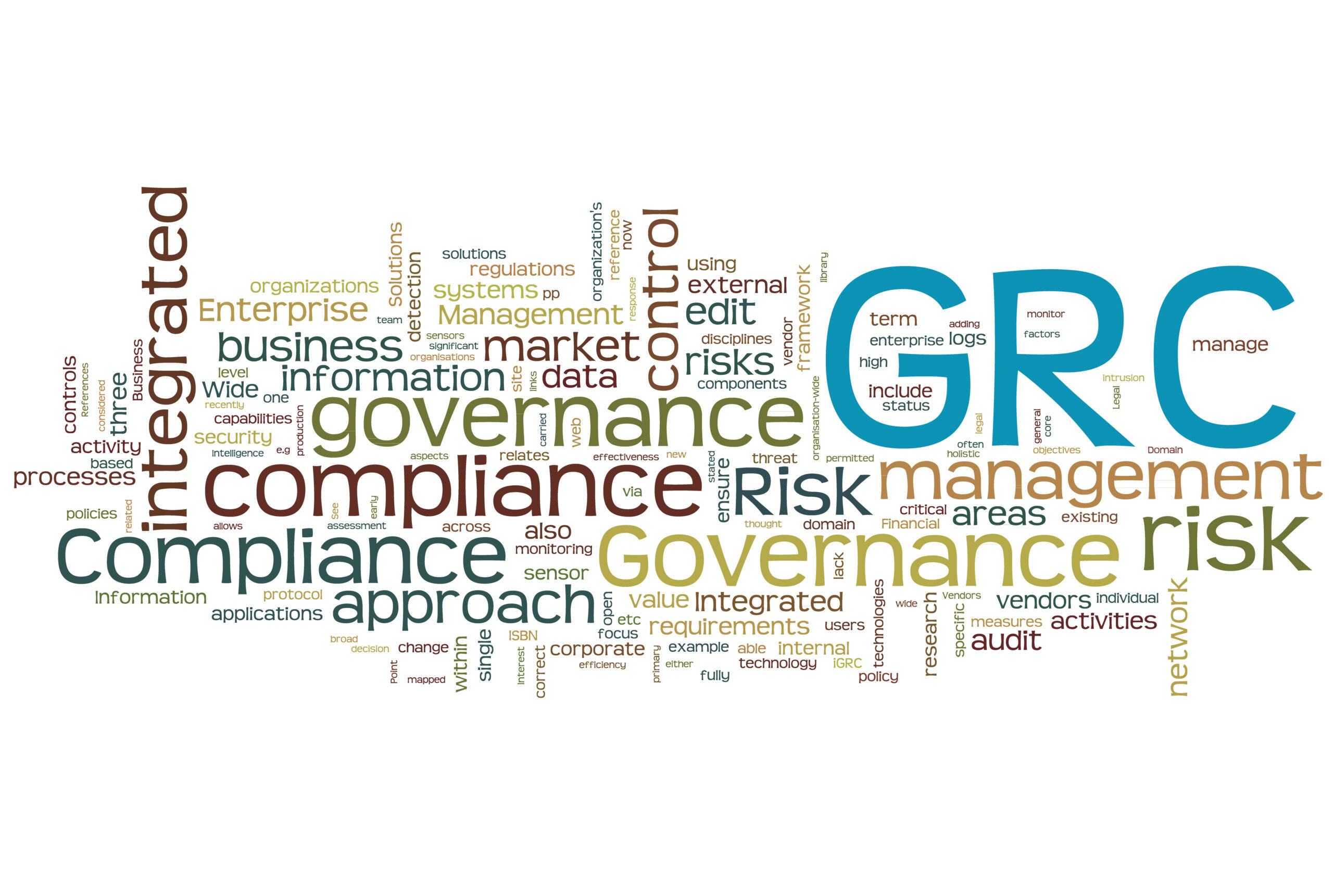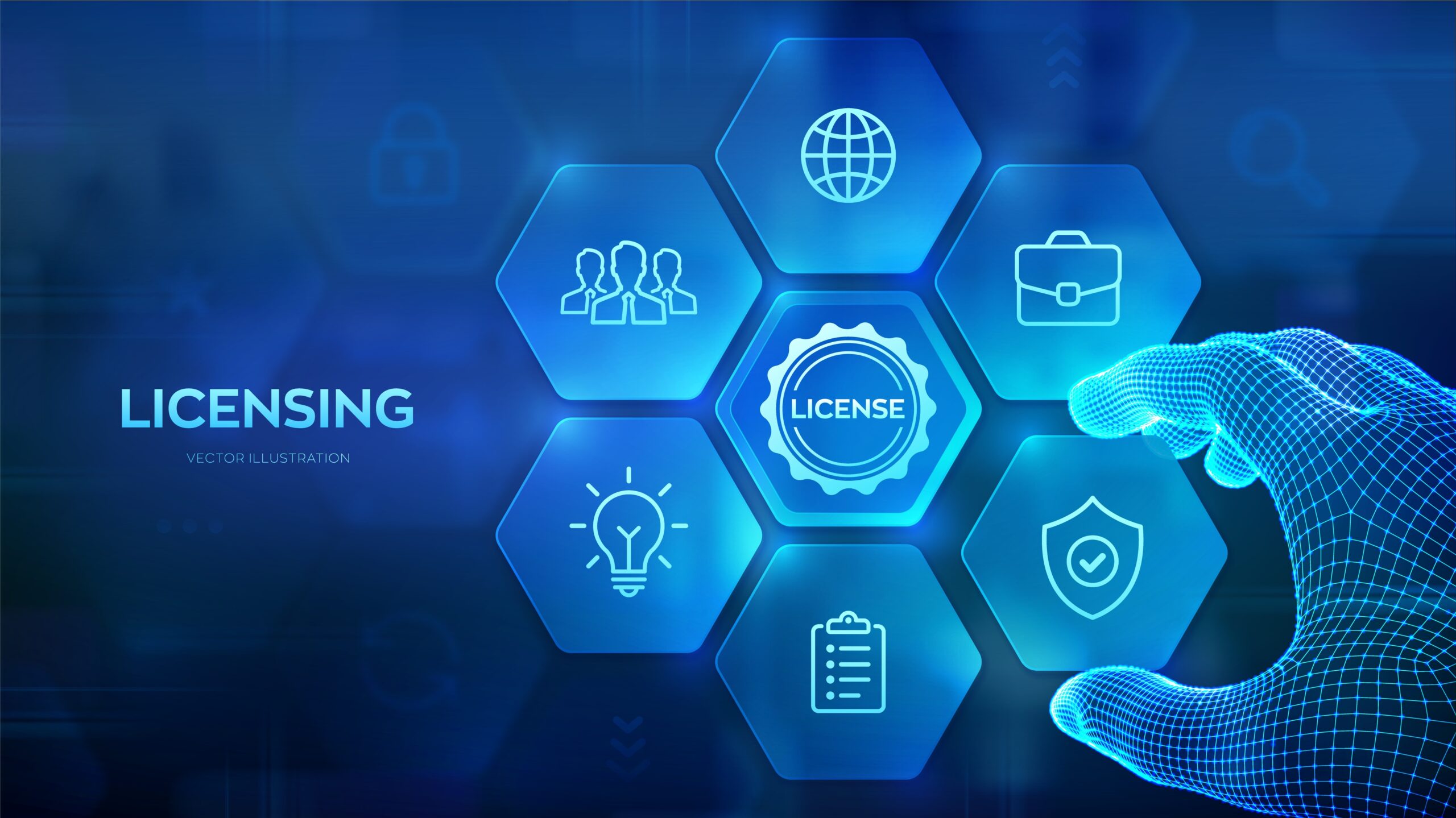Why is governance risk and compliance critical for your organization, and how can you master it? Our article is designed to directly answer these fundamental questions. It offers a substantive look into the realms of governance, risk management, and compliance, explains their significance, and presents strategies to integrate them into your business operations. You will find insights into essential practices, technology’s role in GRC, and tips on building a culture that embraces these principles.
Key Takeaways
-
Governance Risk and Compliance (GRC) is a strategic framework integrating governance, risk management, and compliance to align organizational actions with business objectives, emphasizing accountability, systematic risk assessment, and adherence to regulations.
-
An effective GRC strategy must be proactive, involving leadership commitment, cross-departmental integration, and continuous process improvement, while adapting to evolving regulations, leveraging technological advancements, and addressing globalization challenges.
-
Implementing GRC successfully requires the use of specialized software to streamline risk and compliance processes, employee training for awareness and accountability, and fostering a culture of open communication to enhance governance and compliance initiatives.
Understanding GRC: The Three Pillars

Governance, Risk, and Compliance (GRC) acts as a strategic guideline for organizations, enabling them to align their actions with business objectives and ethical guidelines. A GRC framework integrates these three elements to drive improvements to risk assessment and compliance monitoring.
Governance
At the heart of GRC lies governance, establishing the blueprint for corporate conduct through policies, rules, and procedures. It forms the cornerstone of operations, covering a wide spectrum of management activities from strategic planning to performance measurements.
The primary responsibility for oversight and decision-making lies with the board of directors, ensuring accountability.
Risk Management
Risk management, the second pillar of GRC, focuses on systematic processes to identify, assess, and respond to potential threats to the organization. It’s a key element of a resilient GRC culture, embedding risk considerations into decision-making and emphasizing ongoing review and adaptation.
Compliance
Compliance, the third pillar of GRC, ensures adherence to laws, regulations, and internal policies. It extends beyond legal mandates to include voluntary codes of practice, industry standards, and internal codes of conduct, safeguarding organizations from compliance risk, unfavorable audits, financial penalties, and reputational damage. By meeting compliance requirements, organizations can maintain a strong position in their respective industries.
The Importance of GRC in Today’s Business Environment

As businesses face growing complexity, the significance of GRC stems from its role in effectively identifying and managing crucial organizational activities. An effective GRC program aids in managing risk assessments and reduction efforts, thereby enabling more informed decision-making processes.
Evolving Regulations
In an ever-changing regulatory landscape, proactive compliance approaches are essential for achieving regulatory compliance. It requires anticipation of changes in legal and regulatory requirements and adapting policies and processes accordingly. The complexity of this landscape requires compliance teams to align policies, controls, and risks with evolving regulations.
Technological Advancements

Technological advancements significantly impact GRC efforts. Emerging technologies like the Internet of Things (IoT) and Distributed Ledger Technology (DLT) revolutionize how risks are managed and compliance is maintained by providing transparency, security, and real-time data analysis.
Globalization
Globalization necessitates organizations to comply with a complex array of international treaties and diverse legal systems. Multinational corporations must adhere to a broad spectrum of laws and standards that differ significantly from one country to another, raising questions of jurisdiction and law application.
Key Elements of an Effective GRC Program

For a GRC program to be effective, it should be proactive, engaging key stakeholders in the development of a cohesive grc strategy to manage governance, risk, and compliance, including the implementation of an enterprise risk management program.
Leadership Commitment
Strong leadership and defined oversight are key characteristics of a resilient GRC culture. Senior executives lead in understanding GRC benefits, crafting clear GRC-focused policies, and fostering acceptance across the organization.
Integration and Collaboration
Integrating GRC activities across departments can have several benefits, including:
-
Increased organizational agility in managing emerging risks
-
Lower cost of assurance
-
Shared information, data, assessments, metrics, risks, and losses among audit, risk management, and compliance
-
Cohesive GRC initiatives
Continuous Monitoring and Improvement
Continuous improvement is crucial for a resilient governance, risk, and compliance (GRC) culture, necessitating the habitual review and enhancement of the governance framework, including internal auditing.
GRC Software and Solutions

GRC software streamlines governance, risk management, and compliance efforts by integrating core functions such as:
-
Risk examination.
-
Compliance management
-
Operational risk management
-
IT risk management
-
Policy and audit management
into a single package.
Features and Benefits
GRC software offers features like real-time reporting, automation, and AI-driven analytics that improve decision-making and risk management. By utilizing the grc capability model, a grc system streamlines risk assessment processes and compliance tasks through automation, reducing human error and increasing efficiency. Additionally, grc tools play a crucial role in enhancing these processes.
Selecting the Right Solution
Selecting the right GRC solution involves evaluating:
-
Features
-
Costs
-
Scalability
-
Customer support
It’s essential to identify your organization’s unique goals and requirements for GRC, considering factors like industry-specific needs and long-term objectives.
Implementation Best Practices
Implementation of GRC solutions requires a clear understanding of the organization’s objectives that align with the business goals and regulatory requirements. Employing technology and automation, such as data analytics and real-time reporting, can improve the accuracy, efficiency, and visibility of GRC management processes, helping organizations to reliably achieve objectives.
Building a Resilient GRC Culture
Building a resilient GRC culture involves employee training and awareness, accountability and ownership, and encouraging open communication. Cultivating a GRC culture requires involving employees at all levels in governance enhancement and GRC processes, fostering a culture of continuous learning.
Employee Training and Awareness
Training programs and awareness campaigns play a crucial role in helping employees understand their roles and responsibilities in maintaining GRC compliance. Employees are educated on legal requirements and ethical standards relevant to their roles through compliance functions in the GRC framework.
Accountability and Ownership
Accountability in a GRC culture means that individuals and teams are responsible for their actions and decisions, helping to ensure that objectives are met and ethical standards are upheld.
Encouraging Open Communication
Open communication and transparency strengthen governance and enhance collaboration in enterprise risk management and compliance. Clear and regular communication about the goals of a GRC initiative is essential for ensuring that all organizational members are engaged and understand the objectives.
GRC with FirstCall Consulting
FirstCall Consulting offers a range of SAP Services portfolio solutions aimed at enhancing business operations and driving digital transformation by optimizing business processes. They cater to a diverse range of clients, from Fortune 500 companies to small businesses, across various industries worldwide.
Summary
Navigating the landscape of governance, risk, and compliance (GRC) is critical in today’s complex business environment. From understanding the three pillars of GRC to building a resilient GRC culture, organizations need to be proactive, engage stakeholders, and adopt effective GRC programs.
Frequently Asked Questions
What do you mean by GRC?
GRC stands for governance, risk, and compliance. It is a structured approach to help organizations meet regulations, manage risks, and achieve business objectives, involving people, processes, and technology.
How do you get into Governance, Risk and Compliance?
To get into Governance, Risk and Compliance (GRC), consider earning the CGRC certification to demonstrate your expertise, or pursue a bachelor’s degree in business, Finance, Risk Management, or a related field and gain experience in governance, risk management, or compliance roles. Both options can provide a pathway into the field.
What does a Governance, Risk and Compliance manager do?
A Governance, Risk and Compliance manager oversees policies, manages risk, ensures compliance, and implements processes such as GRC to automate and continuously monitor information security controls, exceptions, risks, and testing. This role focuses on staying updated about regulatory changes that affect the business and empowering multiple business units to work together on a single platform while simplifying and increasing the accuracy of internal auditing.
Why is GRC important?
GRC is important because it helps organizations manage risks, comply with regulations, and adapt to technological advancements and globalization.
What constitutes an effective GRC program?
An effective GRC program requires leadership commitment, integration, collaboration across departments, and continuous monitoring and improvement. These elements are essential for its success.



